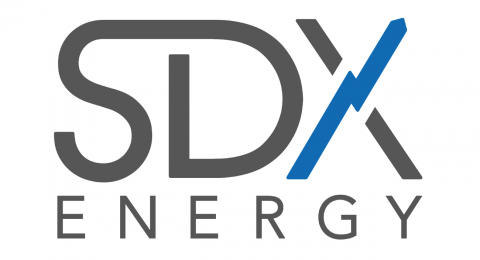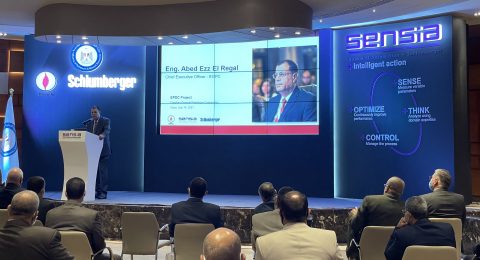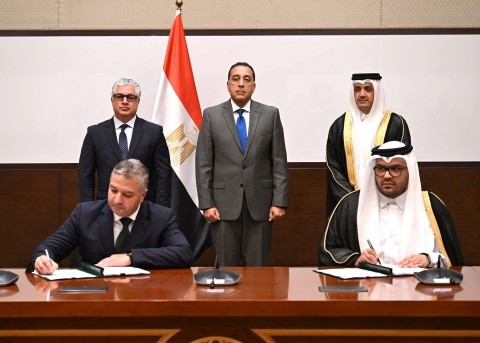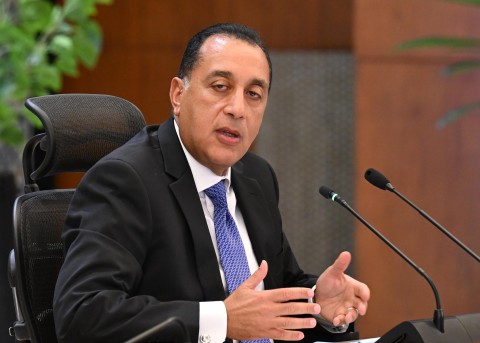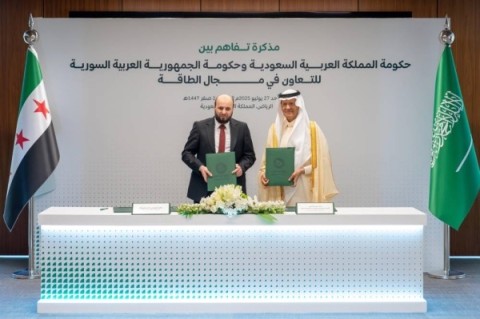A year after the government cut energy subsidies, including electricity, fuel oil and natural gas, the Egyptian Center for Economic Studies (ECES) released a study on the effects of the energy subsidy reform. According to the “Energy Security in Egypt” report, petrol and natural gas subsidies were misallocated to the wealthiest 10% of the population until 2013/2014. In addition, only the three bottom income deciles benefit from 25% of LPG subsidies, which fill the butane gas cylinders that benefit the poor.
The same is the case for electricity subsidies, which the study claims a large portion of it reaches the richest 20% of the population. The study also suggests that petroleum subsidies be calculated based on the difference between the actual cost incurred by EGPC and the price at which the products are sold on the domestic market. ECES recommends that the energy reforms be carried over a transitional period that accounts for economic, social and political impact. Energy subsidy reforms are expected to save around 10 to 15bn EGP per year, of which “30-50% of the savings realised from the subsidy phasing-out are earmarked to cash transfers, particularly in the health, education and social protection domains,” it says. For Egypt to diversity its energy mix, industries should be required to allocate a percentage of their energy use to renewables, reported Al Ahram.
New Study Assesses Energy Subsidies in Egypt
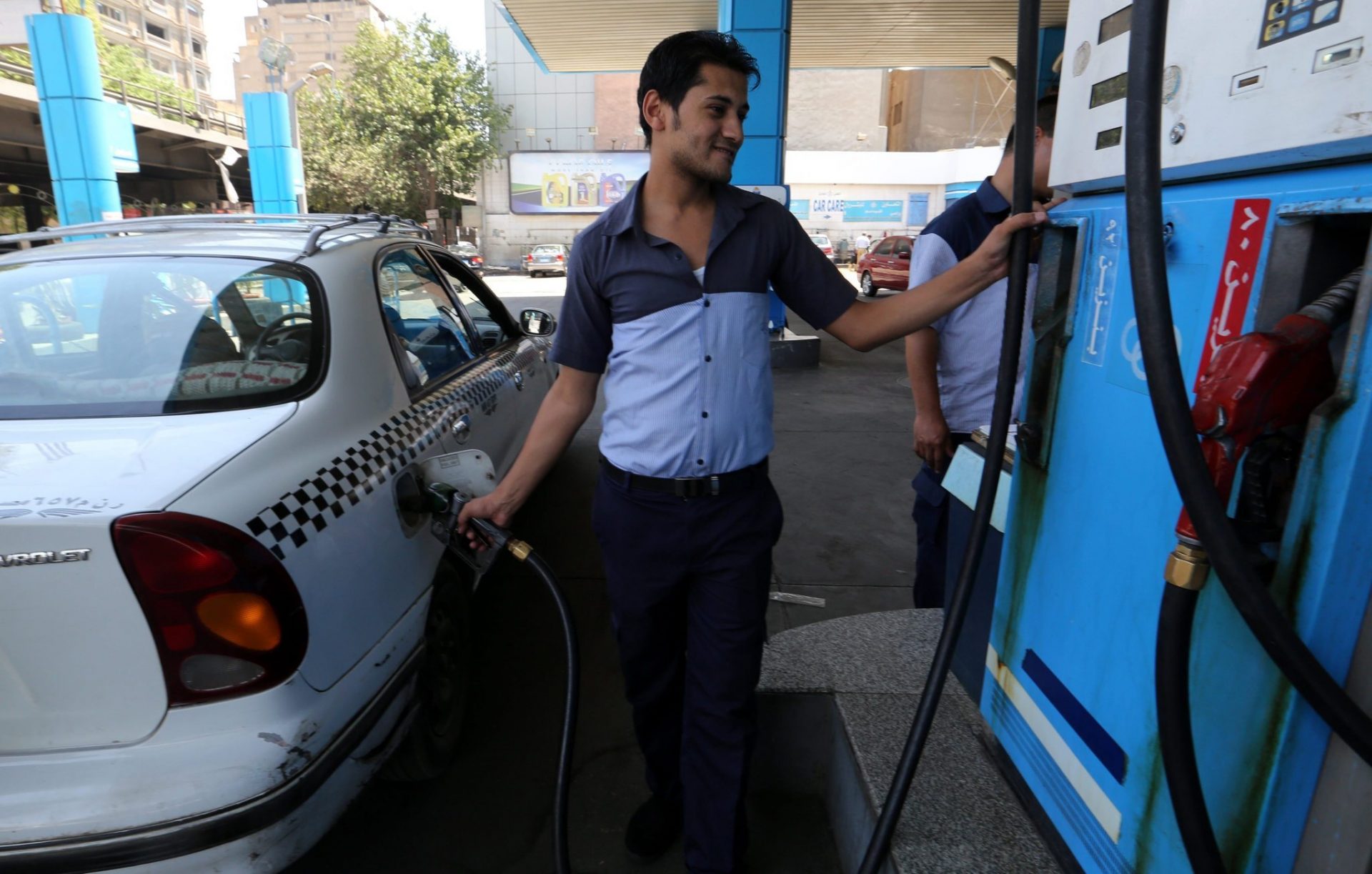
Egypt Oil & Gas 8798 Posts

